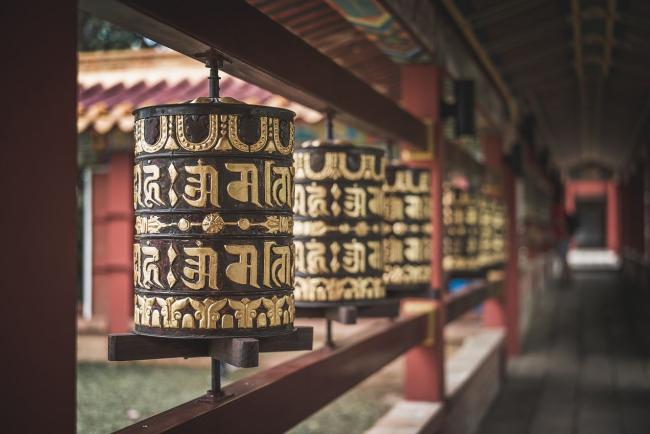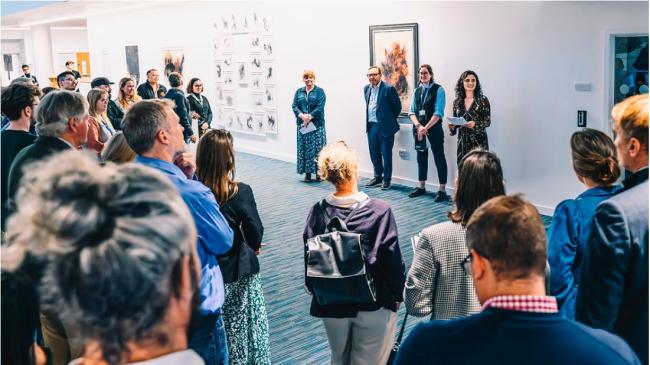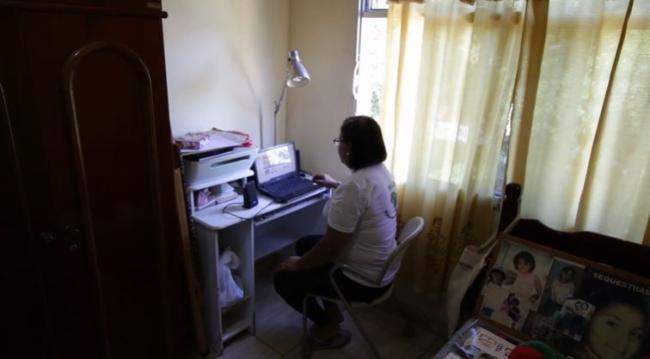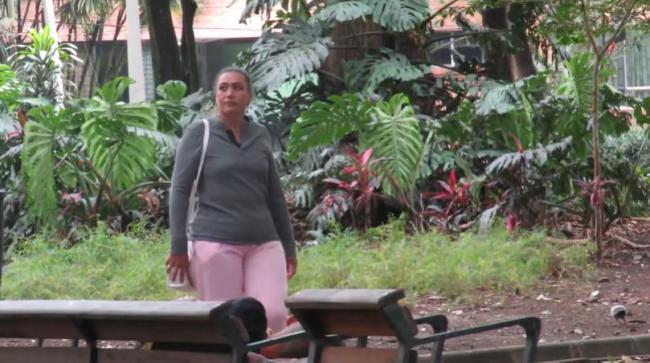Supporting families of missing persons in Buddhist societies

By Simon Robins
People all over the world go missing in armed conflict, migration and natural disasters. However, the support system for families of missing people is still built upon international law, academic research and decades of experience primarily drawn from Western culture. In an article recently published in the Journal of Buddhist Ethics, Alex Wakefield describes how Buddhist rituals can be used to decolonize our approach to dealing with families of missing people and help them process their loss.
The article begins by defining ambiguous loss, a term coined by Pauline Boss to describe the impact of an unresolved loss like in the case of a missing relative. Because families have no closure, their grief goes largely unacknowledged and they struggle to validate their experience.
Buddhism aims to minimize suffering in the world and has developed robust religious and ethical principles and practices to achieve this goal. While Buddhism has well-established rituals for dealing with death, these blessings and ceremonies cannot be carried out for missing people due to their uncertain fate. Wakefield quotes a family from Sri Lanka:
It is nearly 27 years since my brother disappeared. We do religious activities and bless him. But we did not perform death rituals or give Panshukuula [sic] (a Buddhist blessing performed after death). It is bad if we do such things to someone alive … Our uncles and villagers ask us to give alms to Buddhist priests and invoke merits. My parents and I don’t want to do that since we believe that he is alive somewhere.
Not only are the families of missing people prevented from carrying out meaningful rituals that can bring them closure, but they are also unable to perform good deeds on behalf of their loved ones (known in Buddhism as transfer of merit) to help them seek better rebirths.
Because families with missing relatives are in the uncomfortable position of being unable to confirm the deaths of their loved ones, most societies do not have cultural mechanisms to address their experience. The article suggests that if a family’s loss is formally recognized by religious communities through rituals led by Buddhist leaders, it can validate their experience and help them move on with their lives. While tradition is extremely important in Buddhist religious practices, Wakefield argues that Buddha himself advocated for adapting religious and cultural rituals if it can help unite communities and reduce suffering.
By developing religious rituals for missing people, relatives and families can express their loss in the language of their culture and faith, allowing them to feel seen and understood. More generally, such rituals offer communities the opportunity to come to terms with their loss together. Holding a ceremony for a son who has gone missing in armed conflict not only provides space for personal grief, but also draws attention to the conflict that led to his disappearance.
In order to show how religious rituals can alleviate the trauma of having a loved one go missing, the article cites an example from Thailand. After the 2004 tsunami, relatives of missing people resurrected the practice of holding funerals without bodies with the blessing of the monastic community, a ritual that had been largely forgotten up until then. Monks were invited to attend the ceremony, alongside relatives, neighbours and friends. The aim was to communicate to the missing people that they had died and encourage them to lead their families to their bodies so that they could be cremated. This practice recalls rituals from other cultures, where an object replaces a missing body and the spirit is invited to inhabit that object. Wakefield cites an example from Timor-Leste, where rituals blend Catholicism with traditional animism:
The ceremony … replaces the body of the dead with another object, typically a stone. The family will go to the place where they believe the person was killed and collect a stone from there and place it into a traditional container made of palm leaf while saying prayers. This will then be wrapped in a traditional woven cloth of the sort worn in Timor, for a man or woman as appropriate for the dead person. This is then taken home for one night and then buried in a coffin as if it was the body of the dead. The spirit of the dead will then enter the stone and ensure that it does not wander. The rest of the ceremony will proceed as any other funeral with animals killed and feasting.
A traditional ritual was also used to bury a doll for a girl who disappeared during the armed conflict in Nepal.
The Buddhist perspective on the role and value of such rituals shows how they can help the families of missing people:
Ritual, when based on moral and psychological foundations, offers real potential in spiritual development and the overcoming of negative states of mind. It is about transformation, not only of the practitioner, but the social conditions surrounding the disappearance.
Religious and secular rituals have also been developed to celebrate the lives of missing people, even if their families still hope they will return someday.
To summarize, the article puts forward the benefits of religious rituals for families of missing people and recommends that this type of support be offered within Buddhist communities. Carrying out such rituals can transform the way in which their loss is viewed by their community. Furthermore, religious rituals allow them to process their grief through familiar cultural and spiritual practices that can be implemented in parallel to secular support systems.




